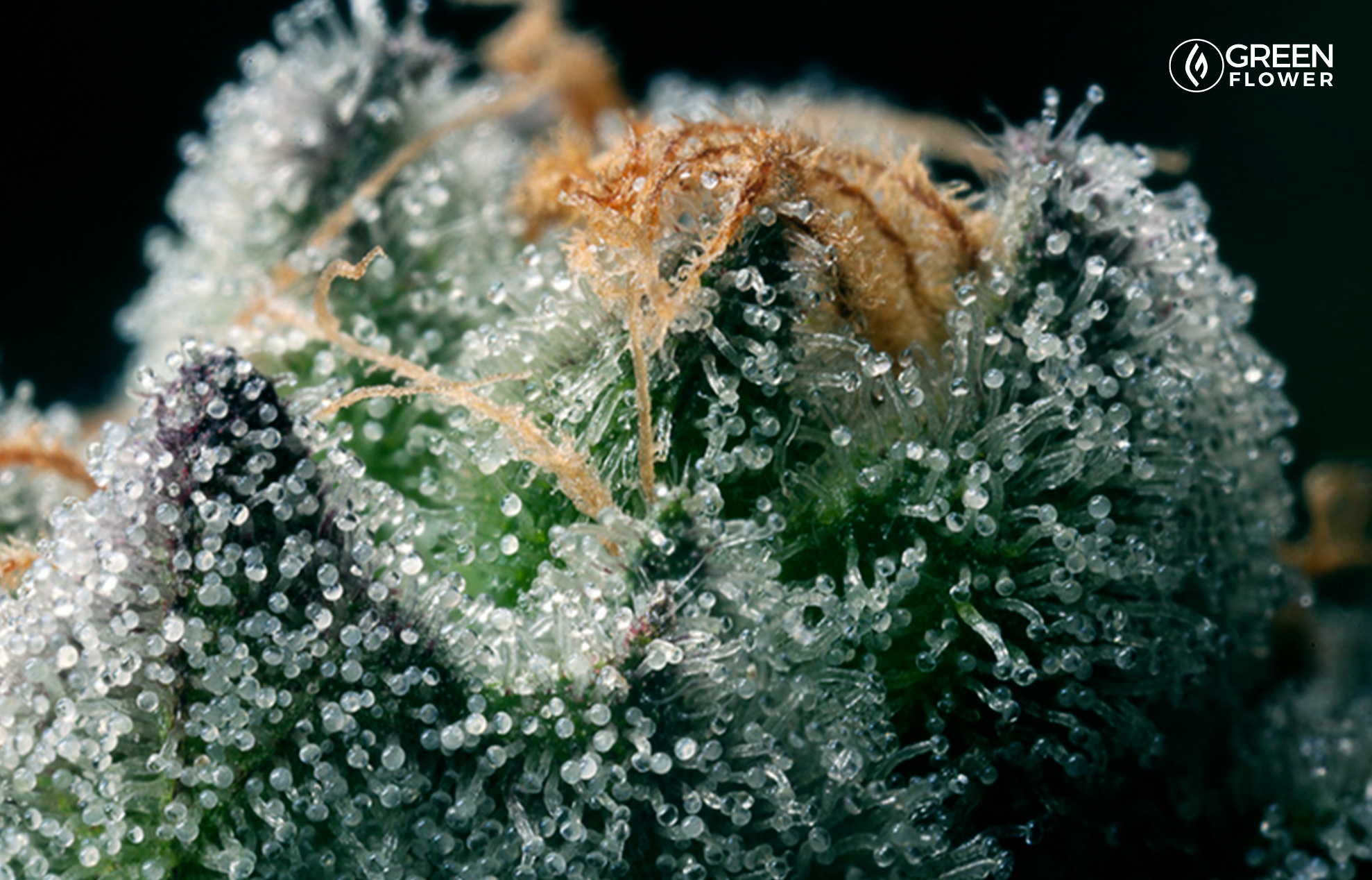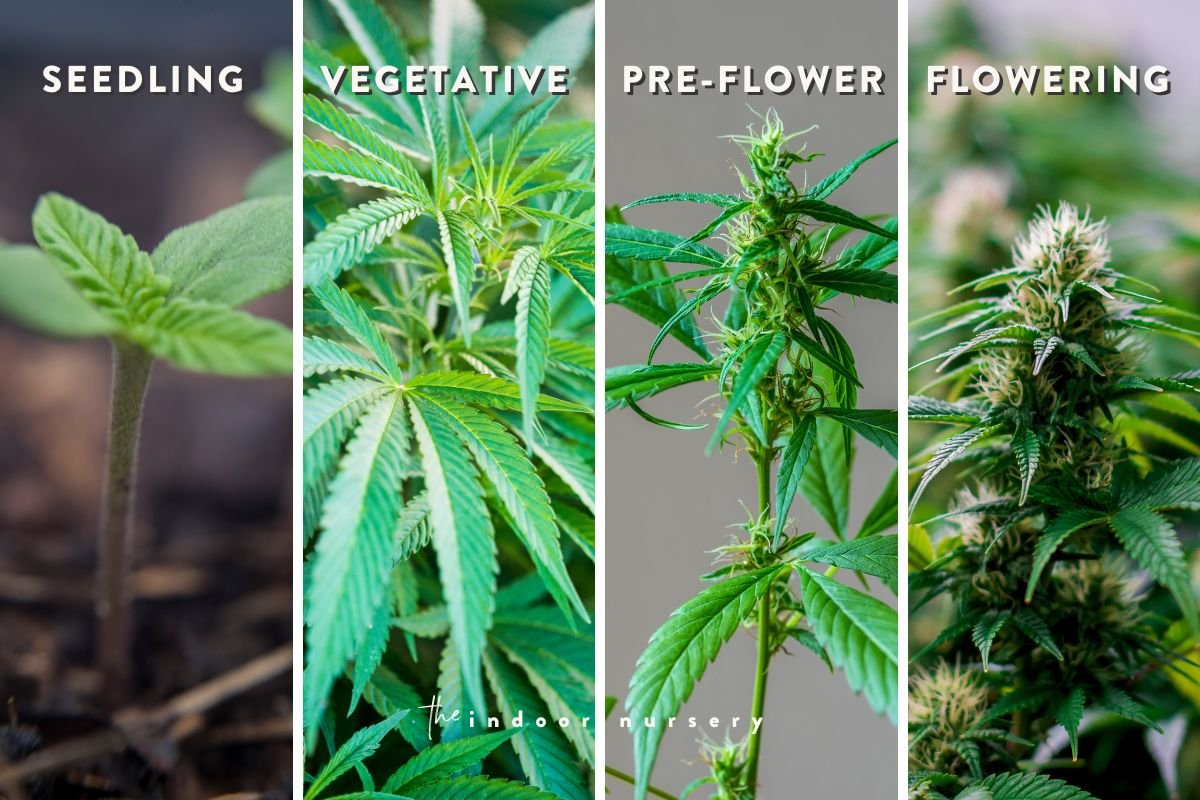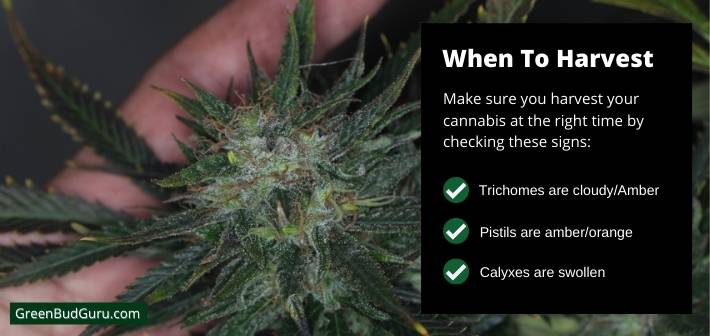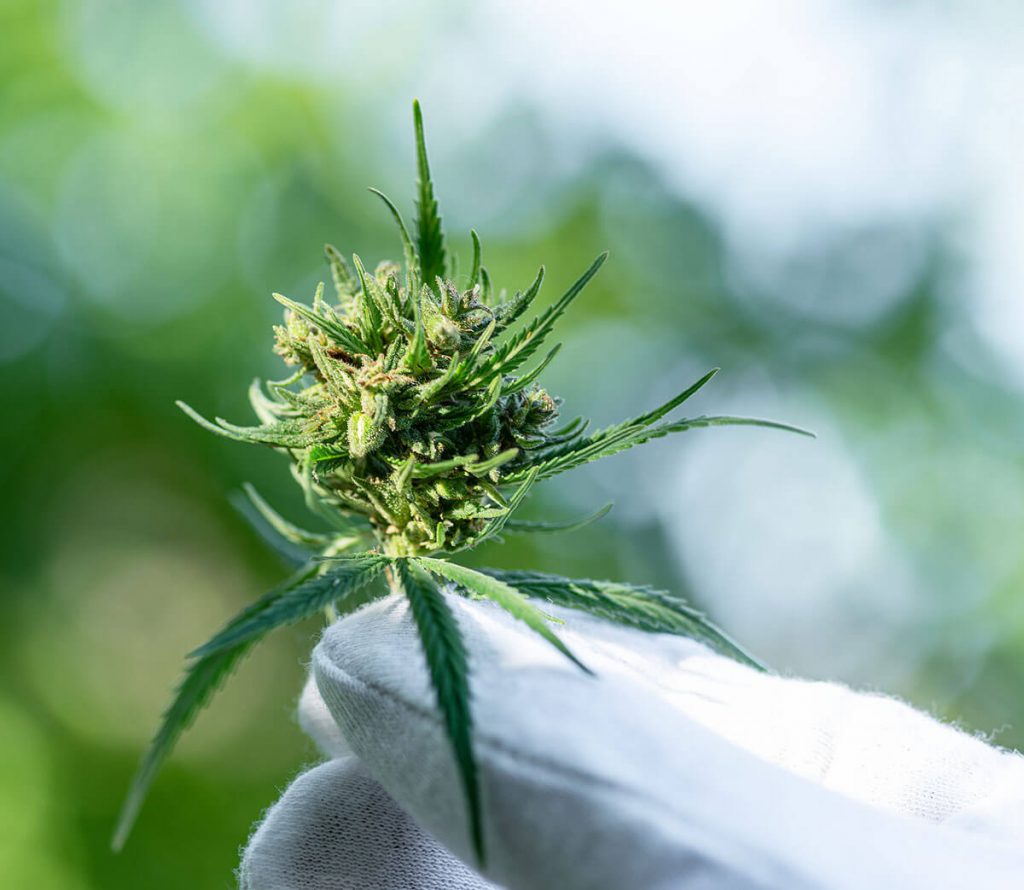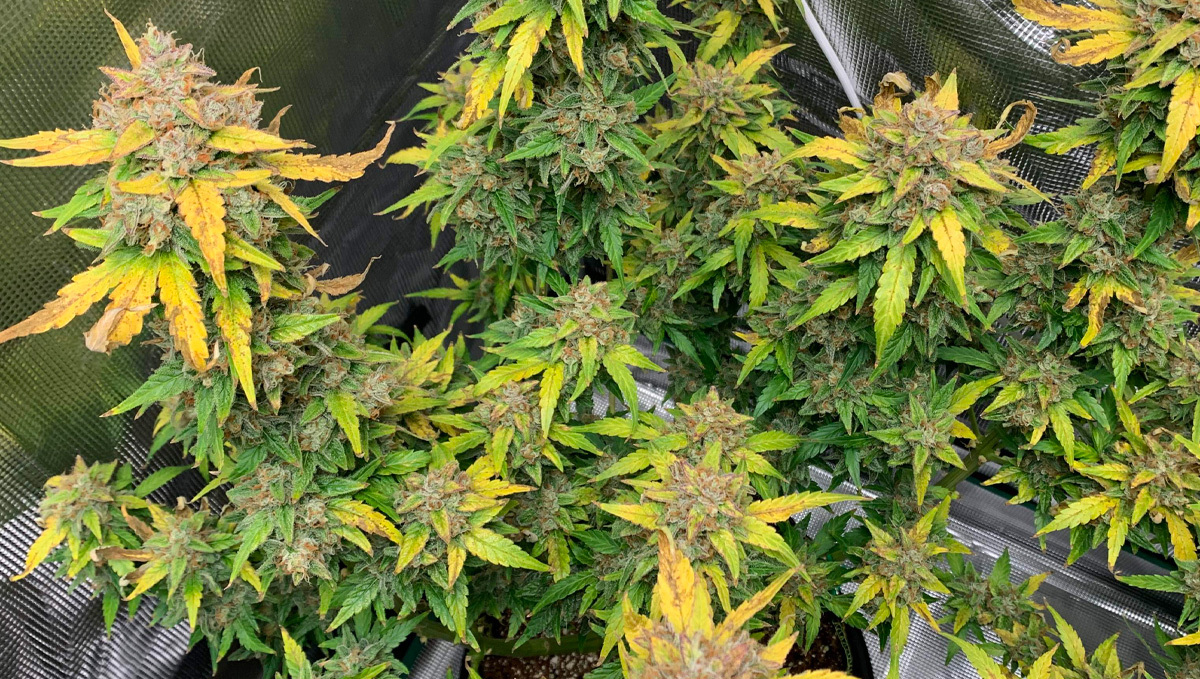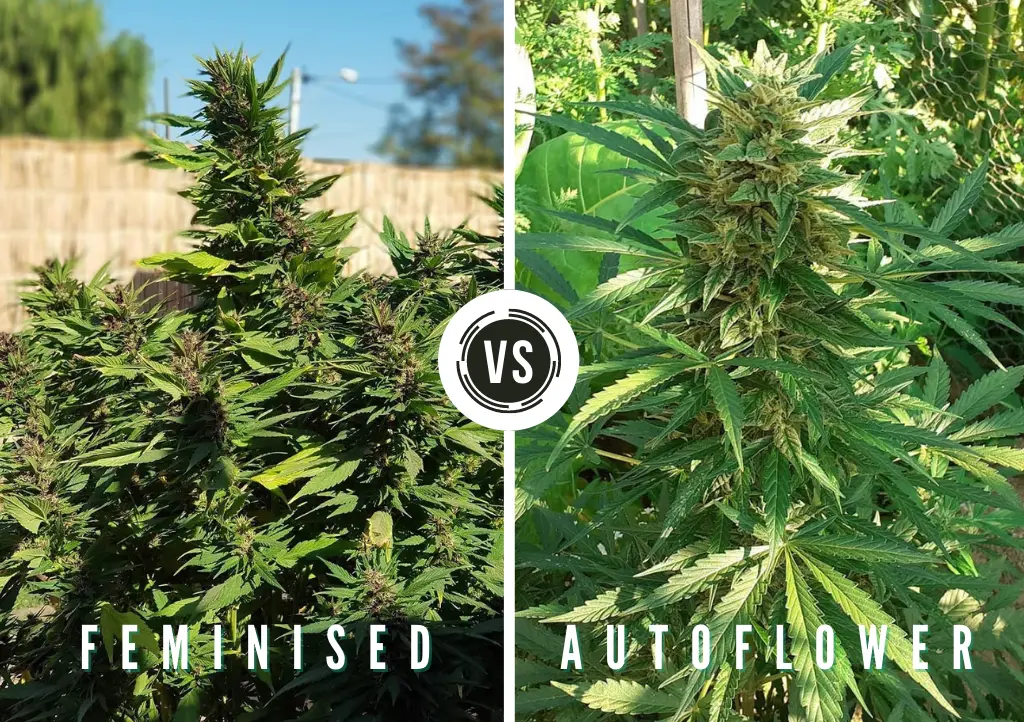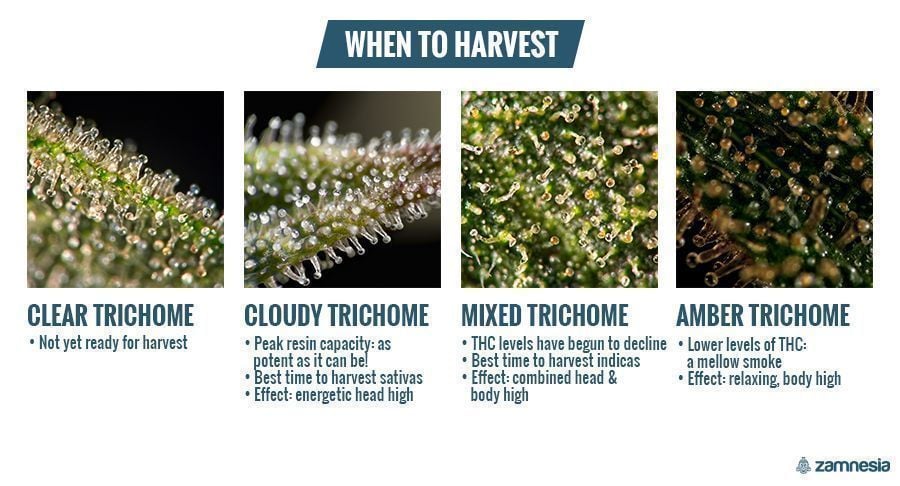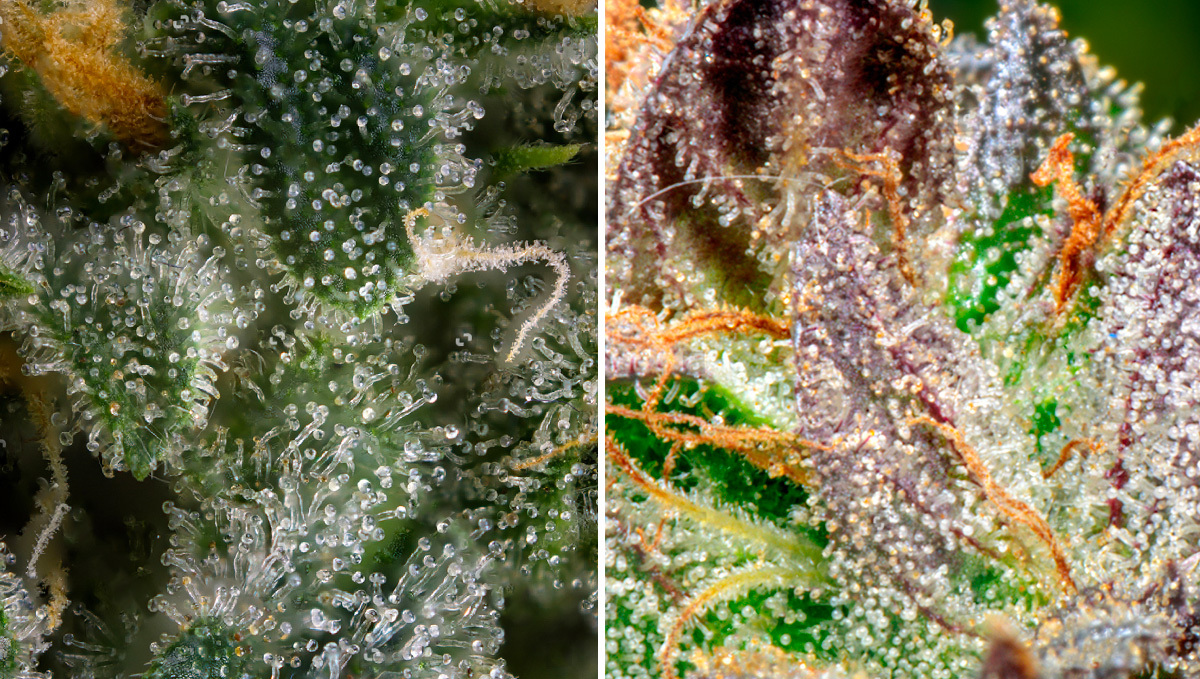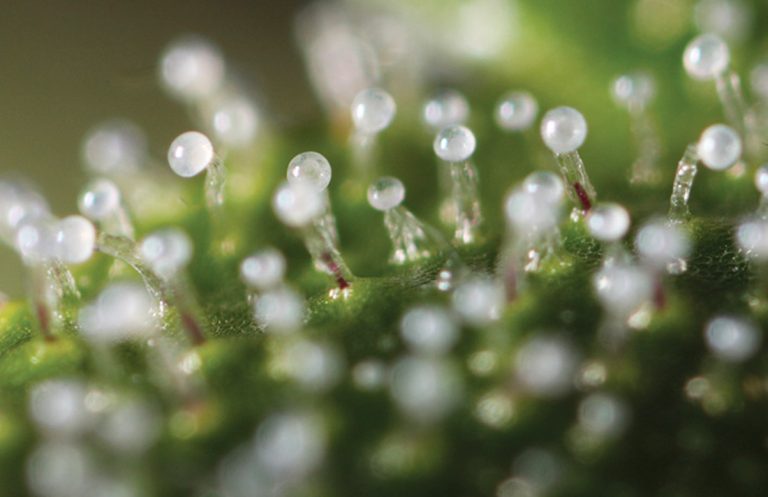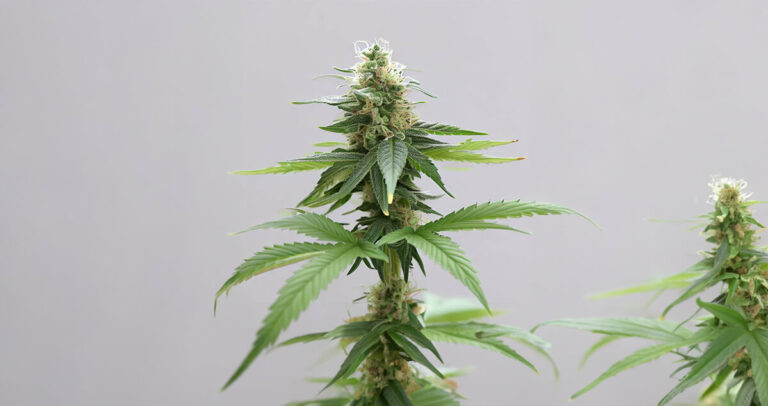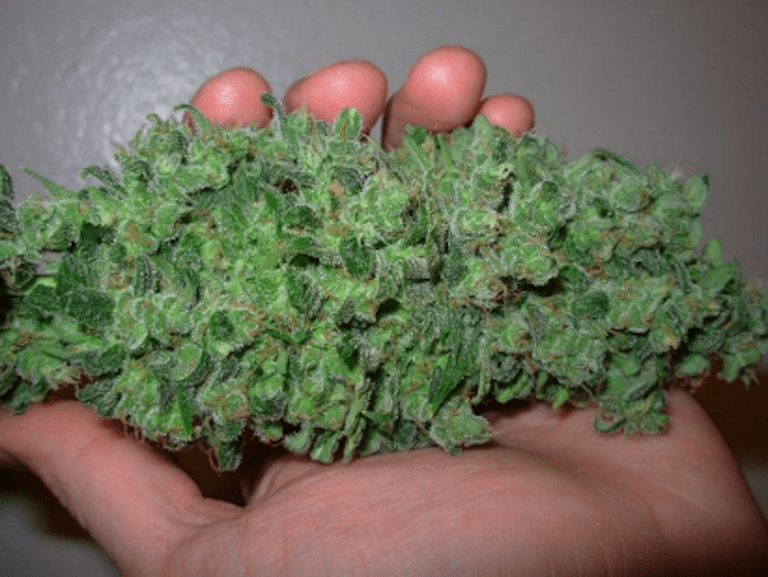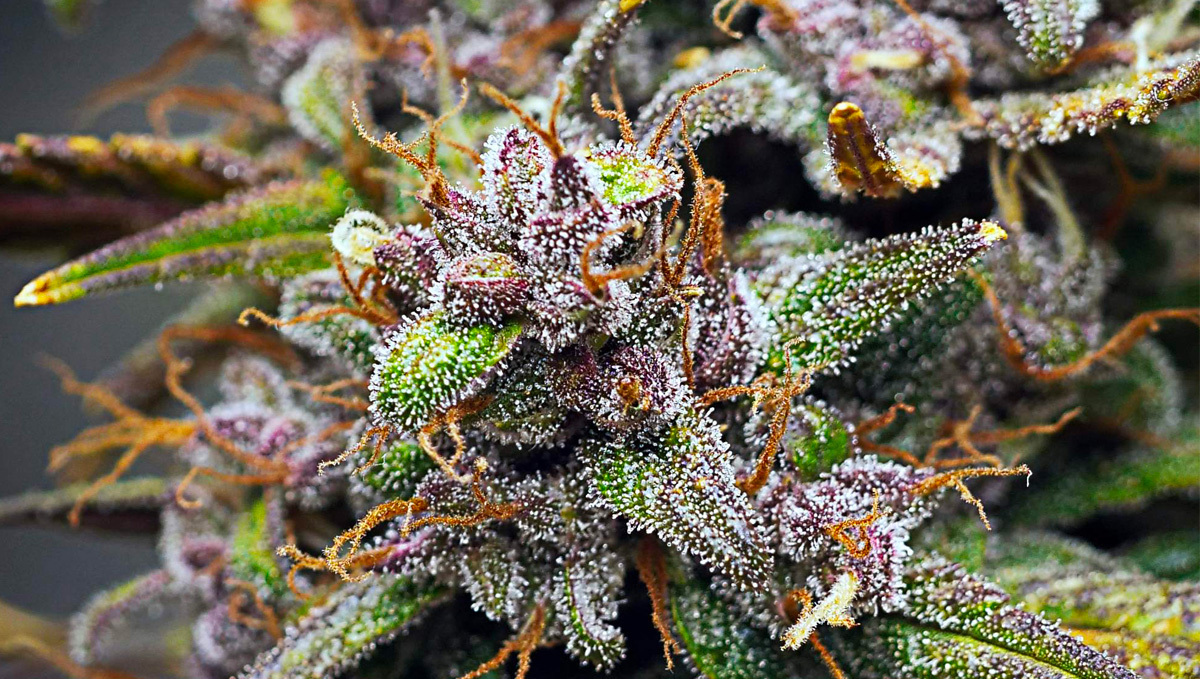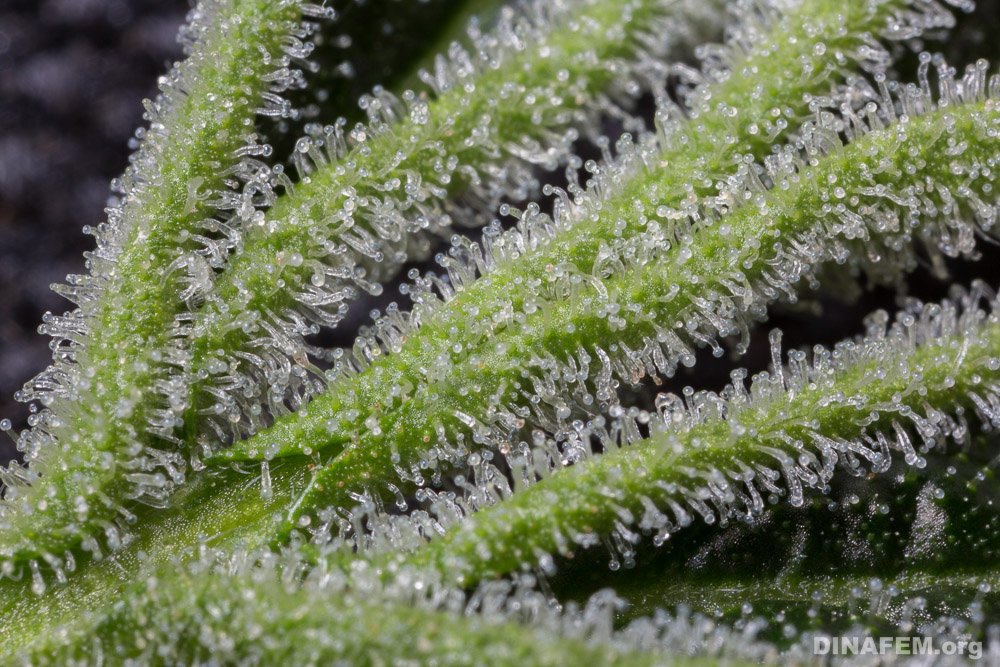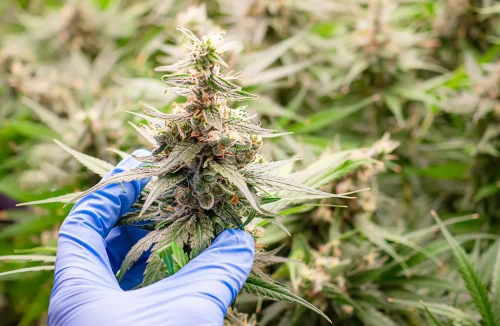How To Tell When Cannabis Is Ready For Harvest

Urgent action needed: Cannabis growers face a critical window. Harvesting too early or too late can drastically reduce potency and yield.
The difference between a premium harvest and a disappointing one hinges on precise timing. This article provides a clear, actionable guide to identifying peak ripeness in cannabis plants, ensuring maximum cannabinoid content and desired effects.
Understanding the Harvest Window
The optimal harvest window for cannabis is surprisingly narrow. Factors like strain, growing environment, and desired effects influence the exact timing. Determining when to harvest requires careful observation, not guesswork.
Who is involved? Cannabis growers, from commercial operations to home cultivators. What is at stake? The quality and quantity of the final harvest. Where does this apply? Anywhere cannabis is grown. When is it important? The final weeks of the flowering stage. How do you determine readiness? Through visual inspection of trichomes and pistils.
Key Indicators: Trichomes
Trichomes are the resin glands on cannabis buds, resembling tiny mushrooms. They are the primary indicators of maturity, containing the highest concentration of cannabinoids like THC and CBD.
Using a jeweler's loupe or a microscope (60x-100x magnification recommended) is crucial. The color of the trichomes indicates the level of maturity.
Clear trichomes mean the plant is still developing and cannabinoids are not yet at their peak. Cloudy or milky white trichomes indicate peak THC levels. Amber trichomes suggest THC is degrading into CBN, offering a more sedative effect.
Generally, a mix of cloudy and amber trichomes is preferred by many growers. The precise ratio depends on the desired effect; more amber trichomes will result in a more relaxing, body-focused high.
"Aim for approximately 70% cloudy, 20% clear, and 10% amber trichomes for a balanced effect," advises Dr. Green, a leading cannabis cultivation expert.
Key Indicators: Pistils
Pistils are the hair-like strands that emerge from the buds. Their color changes from white to red/orange/brown as the plant matures.
While not as precise as trichome observation, pistil color can provide a good secondary indicator. Typically, when 50-70% of the pistils have turned color, the plant is approaching harvest time. If 80-90% of the pistils have changed color, the plant is likely near or past peak ripeness.
Consider pistil color in conjunction with trichome maturity for a more accurate assessment. Some strains will have variations in pistil color so experience with a specific strain is invaluable.
Other Factors to Consider
Leaf color can also offer clues. As the plant focuses its energy on bud development, the fan leaves may start to yellow and die off.
Flushing, the process of watering with plain pH-balanced water in the final weeks, can also impact the final product. It's debated whether flushing improves the flavor, but it does help remove nutrient buildup in the plant.
Strain genetics play a significant role. Indica strains typically mature faster than Sativa strains. Understanding the specific characteristics of your strain is essential.
Data-Driven Decisions
Record keeping is crucial. Document the flowering time, trichome development, and pistil color changes. This data helps refine your harvesting skills over time.
Invest in quality magnification tools. A clear view of the trichomes is essential for accurate assessment.
Consider sending samples to a lab for cannabinoid testing. This provides precise data on THC and CBD levels, confirming peak potency and optimal harvest timing. Testing is not required for personal grows but it does offer definitive insight.
Consequences of Incorrect Timing
Harvesting too early can result in underdeveloped buds with lower cannabinoid content. The effects may be less potent and less defined.
Harvesting too late can lead to a decline in THC and an increase in CBN, resulting in a more sedative, less psychoactive experience. The buds may also become brittle and lose their desirable aroma.
Lost revenue is a major concern for commercial growers. Incorrect timing directly impacts the profitability of the harvest.
Moving Forward: Next Steps
Closely monitor your plants daily during the final weeks of flowering. Use a jeweler's loupe to regularly check trichome development.
Consult with experienced growers or cultivation experts for personalized advice. Consider joining online forums or attending local cannabis events to learn from others.
Perfecting the art of harvesting takes time and practice. But mastering the techniques outlined here will significantly improve the quality and potency of your cannabis harvest. Remember that patience and observation are key to achieving optimal results.
![How To Tell When Cannabis Is Ready For Harvest When Should You Harvest Weed? [Indoors & Outdoors] | NuggMD](https://www.nuggmd.com/wp-content/uploads/2022/10/When-to-Harvest-Weed-Compressed.jpeg)
